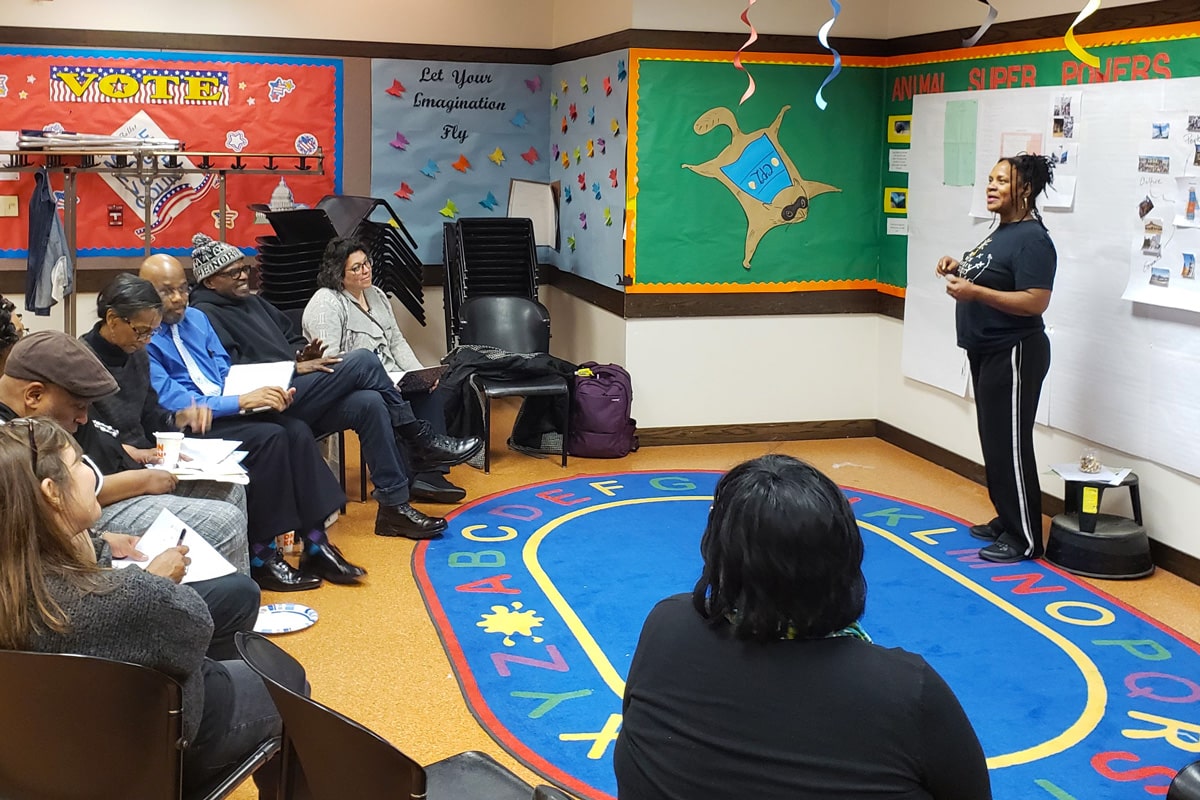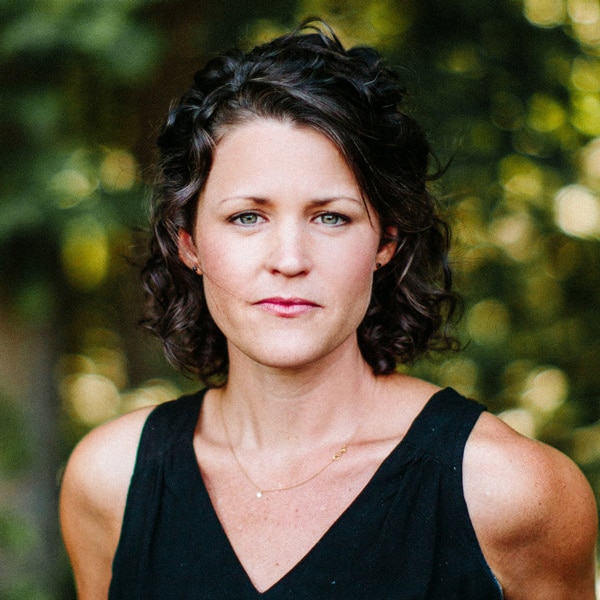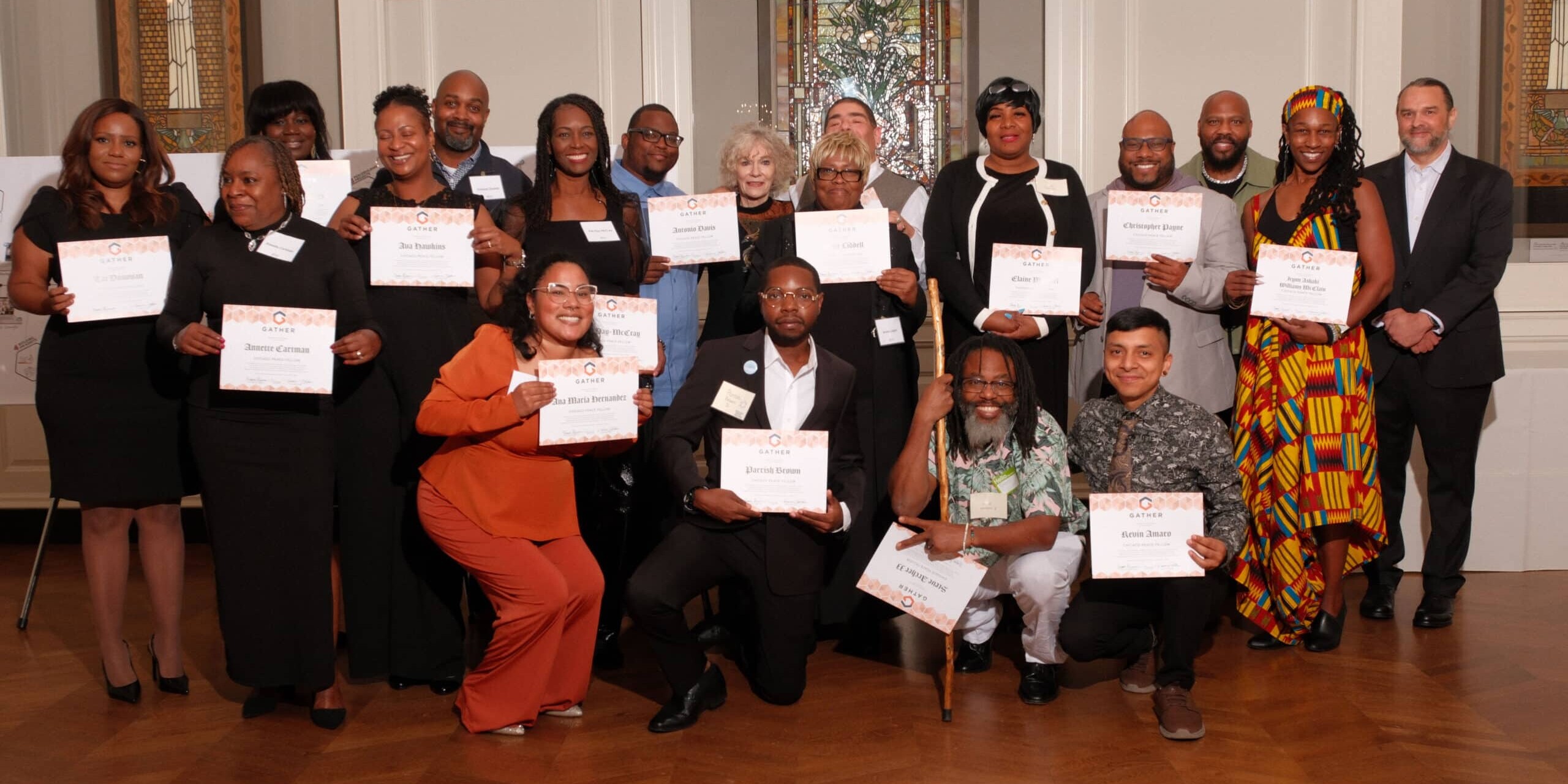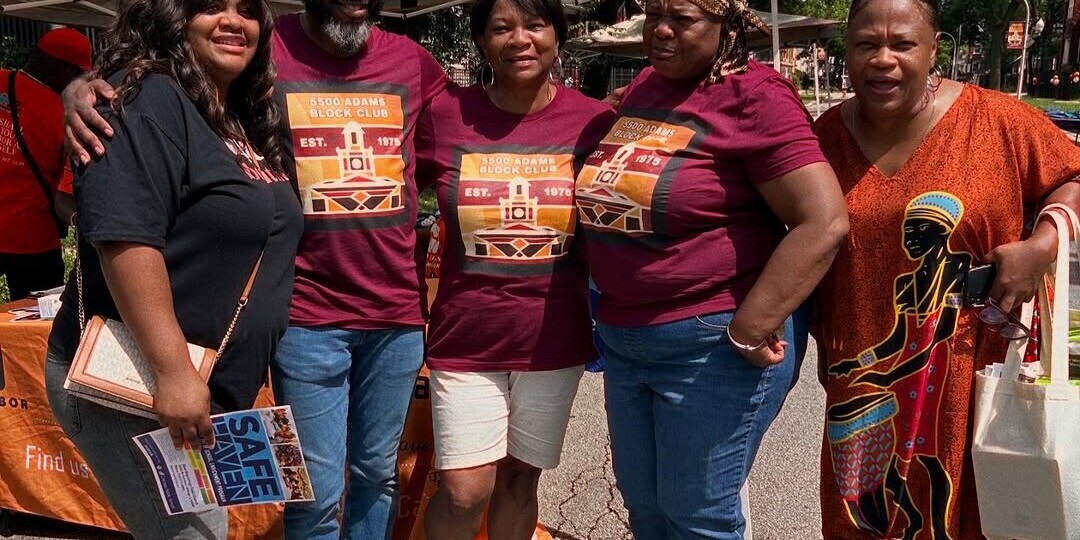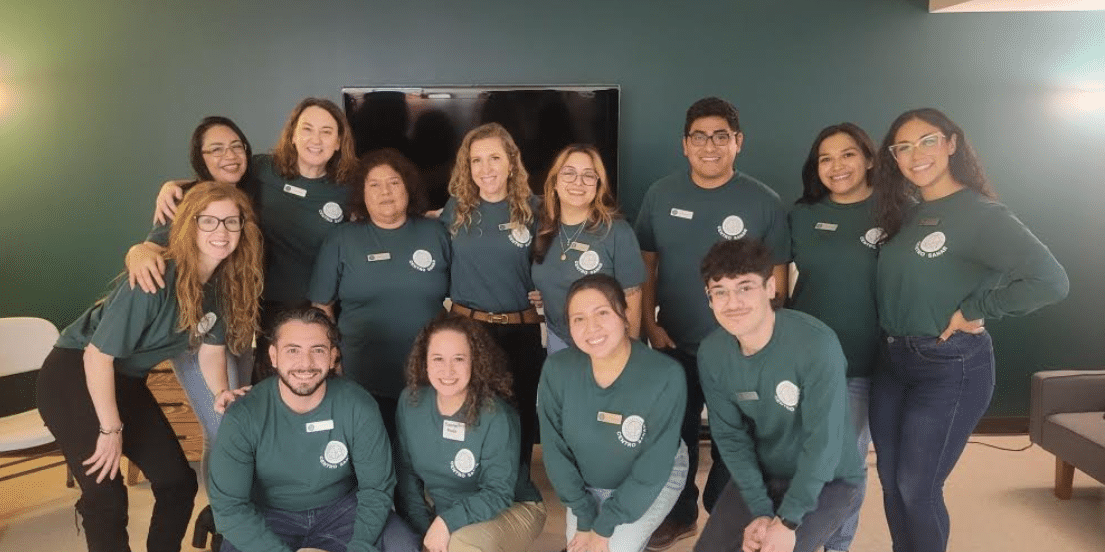One of the Goldin Institute’s core values is to build partnerships that are rooted in the power of communities working together to build solutions that can help generate local social change. The Chicago Peace Fellows have done this throughout the 2019 GATHER course, working to build community not only within their neighborhoods, but also among themselves and with civic partners throughout Chicago.
As part of the GATHER course, the Chicago Peace Fellows generated Asset Maps of their neighborhoods, asking friends and neighbors what they considered “assets” in their communities. After coming together as a cohort to discuss all the assets they identified in the 14 neighborhoods in which they work, a larger discussion was initiated around a “Living Asset Map” that could be city-wide, connecting grassroots leaders and nonprofits throughout the city with each other and like-minded organizations as well as other institutions and public leaders.

To move this conversation forward, the Goldin Institute has partnered with Dr. Sheena Erete at DePaul University’s Technology for Social Good Lab to research and prototype a digital version of a shared asset map of the 19 Community Areas designated for grants by the Chicago Fund for Safe and Peaceful Communities. Three undergraduate students sponsored by DePaul’s Steans Center will be joined by three graduate students to design an interface that supports asset-mapping by Chicago grassroots leaders and their communities.
The undergraduate students from the Department of Geography will use their expanding technical skills in digital map-making, incorporating data from the city as well as from the University of Chicago Crime Lab and the Metropolitan Planning Council to create base maps for each area before digitally adding the assets identified by the Peace Fellows during their progress through the GATHER course.

The three graduate students will work with the Technology for Social Good Research and Design Lab, where Dr. Erete is the director, to engage community organizations across Chicago in interviews and design workshops, enhancing the base maps created by their undergraduate teammates as a prototype an interactive digital tool that can connect grassroots leaders, increase their collaboration, and act as a citywide tool for peace building. Their work will begin this semester and stretch into summer 2020.
“We are excited to collaborate with the Goldin Institute because the Chicago Peace Fellows’ work is rooted in their communities and leverages local assets, which we believe is the only way to grow and sustain healthy communities.” — Jessa Dickinson, doctoral candidate, DePaul University.
During asset mapping workshops held by the Goldin Institute for the Chicago Peace Fellows, the Fellows identified layers not typically found on traditional asset maps. They became specifically interested in mapping less visible, but equally valuable, assets such as the tight networks of friends from demolished public housing buildings who continue to meet for annual reunions near the sites of their former buildings even though they have all been relocated to other neighborhoods, or the impact that a block leader might have on a neighborhood, or physical spaces like closed schools that are not currently in use but could easily be turned into space for after school programs, meetings of community organization, or partnership opportunities.

Encouraged by the relationships that they have found with institutional leaders such as the Chicago Park District and the University of Chicago Trauma Center, the Fellows view this digital map as another item in their expanding toolbox to prevent violence, build peace in their neighborhoods, and make the entire city safer.
Key features of the new digital map’s design will be the ability to capture non-physical assets that exist in each of our communities, a user-friendly interface for grassroots leaders, and public access to add to the collective asset map of Chicago.
Author
-
As Senior Director of Design, Oz Ozburn brings her planning and design skills to support all aspects of the work of the Goldin Institute. As an architect, Oz is experienced in deep listening and research to uncover opportunities to solve tough challenges through thoughtful design and skillful implementation.
View all posts
